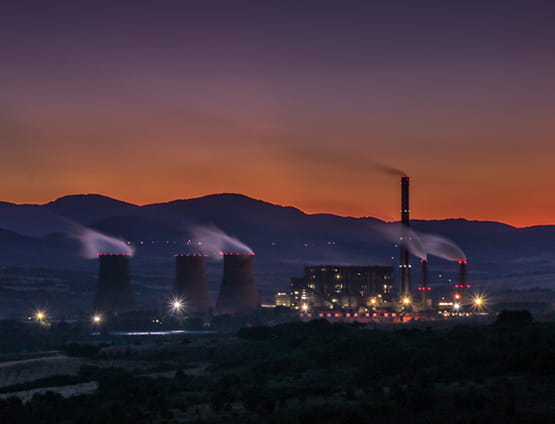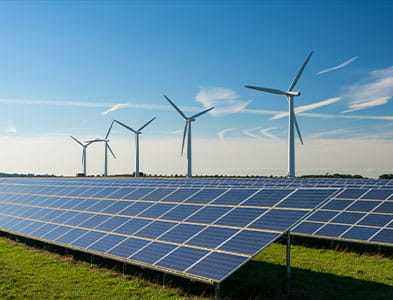NYC’s Building Energy Efficiency Rating Interactive Tool
NYC’s Building Energy Efficiency Rating Interactive Tool
How NYC plans to create a more sustainable city
In 2019, New York City passed the Climate Mobilization Act (CMA), which established greenhouse gas emission standards for residential and commercial properties. Key milestones for building compliance are approaching fast.
Relative to their 2005 emissions, the CMA states that buildings over 25,000 square feet in the city will need to have their emissions reduced dramatically: 40% by 2030 and 80% by 2050, with penalties if those standards are not met. The interactive tool below details the current state of energy efficiency in New York City’s buildings, revealing both the distance that remains to the goal of a more sustainable city and the importance of the financing that will fund that initiative.
Reducing a building’s emissions by 40% (and then 80%) often involves the need for expensive retrofits. Landlords seeking to meet emission standards while remaining financially viable are working to improve the energy efficiencies of their buildings; however, retrofitting older buildings can be a significant expense, both in terms of changes made to the building and the disruption to current tenancy. The investments needed to keep these buildings compliant with these standards and the costs if those real estate assets fail to meet them may have a significant impact on their underlying value.
To ease the burden on businesses needing to boost building efficiency, New York City introduced commercial property assessed clean energy (C-PACE) loans in 2019, and those loans are growing in popularity, driven both by increased energy regulations and a wider market movement toward prioritizing green buildings.
C-PACE Loans Gaining Traction
C-PACE loans have been gaining traction in financing, as demonstrated by their recent presence in the structured products markets, where they have been used as collateral in securitizations. Notably, there have been three public securitizations backed by C-PACE loans in the last four years (CleanFund has issued two, and Greenworks Lending has issued one).
The main properties behind these loans are used for lodging, office space, and mixed-use purposes, while industrial, healthcare, and retail spaces consist of a smaller portion. Initial collateral amounts range from $67 million to $115 million, but the relatively small number of commercial properties behind the collateral means there is strong potential in the market for the issuance of larger securitizations.
In addition to this, lender consent for C-PACE financing seems to be increasing. C-PACE loans are senior to mortgages, which can discourage mortgage originators from approving the origination of a C-PACE loan for a property that already has a mortgage on it (although lender approval is not required). But with the recent tilt toward ESG-compatible investments, value-creating improvements driven by C-PACE financing can increase underlying property value, which can be of benefit to the mortgage originator, increasing lender consent.
Financing to Boost Efficiency
New York City’s CMA and C-PACE loans may set a precedent for other cities, signaling a broader trend across the country of boosting building efficiency. These standards in NYC have implications for anyone involved in the real estate market. For example, portfolio companies will see the value of their real estate assets and energy loans affected, and commercial property owners will see the value of their buildings impacted by their compliance to green standards.
The current state of New York City’s buildings reveals the need for the financing that will enable real estate assets to boost their efficiency; however, how quickly and how effectively landowners meet these standards remains to be seen.






